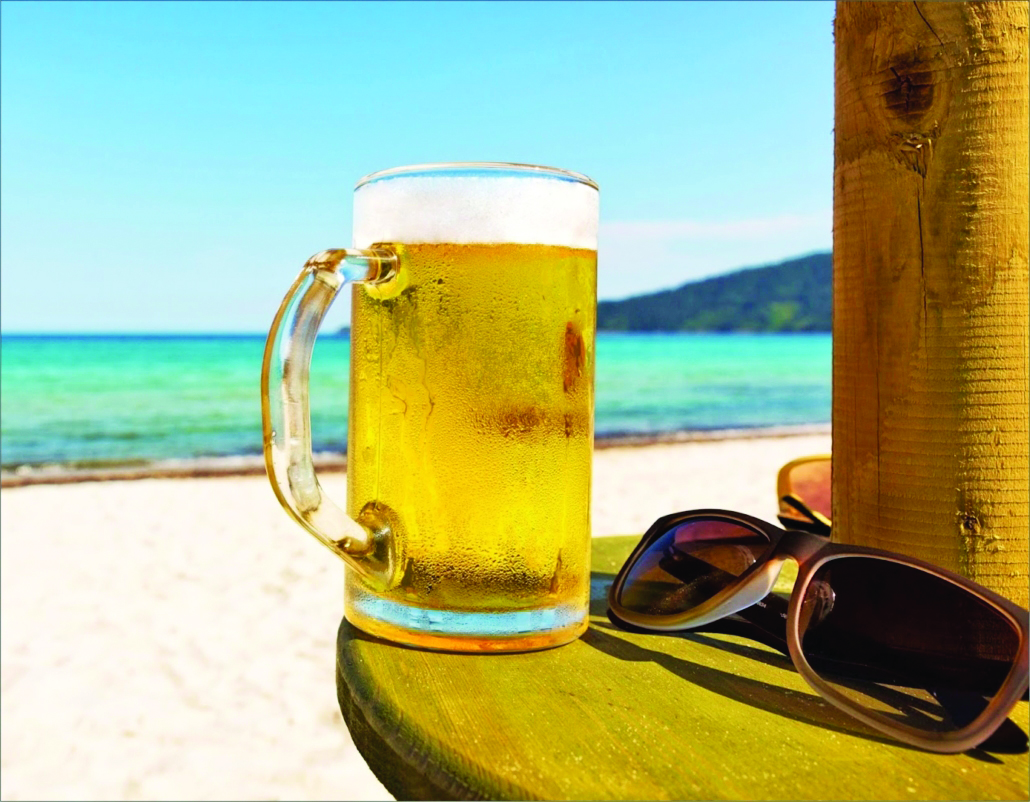
It’s always hot and humid in Singapore and other South East Asian countries with tropical temperatures averaging 28 – 32 degrees Celsius. South East Asia is in the tropical and subtropical climatic zones, and much of it receives considerable annual precipitation. Most countries experience two distinct seasons: wet and dry.
Irrespective of the season, beer is the favourite drink of the people of the region. In general, Asian beer flavours are mild, and the alcohol content is about 5%, making beer an easy and refreshing drink in the hot and humid weather. And in some bars, one may find that beers are served with ice cubes, to keep the beer chill, to state the obvious.
Beer more than a beverage
“Beer is more than just a beverage; it’s no wonder it stands as the most beloved alcoholic drink,” says Reinoud Ottervanger, Chairperson of the Singapore Beer Industry Association (SBIA). “Beyond the excellent brew, beer has the remarkable power to bring people together, spark conversations, and create unforgettable moments. I am proud to be part of an industry that represents the spirit of togetherness, fostering economic growth, social harmony, and environmental stewardship. We will continue to raise the bar for what a responsible and sustainable industry can achieve.”
Asia accounts for 31% of beer consumption
As per the Global Beer Consumption report by Kirin, Asia constitutes 31.4% of the global beer market share. The beer market in Southeast Asia amounts to US$23.63bn in 2023. The market is expected to grow annually by 6.74% (CAGR 2023-2027).
A survey in Singapore, by SBIA indicated that beer is the island’s most popular alcoholic beverage, with 75% of 600 respondents listing it as one of their top-three favourite drinks. This percentage surpasses the number of responses for wine and spirits. About 77% of the respondents shared that they tend to drink at home, 45% said they enjoy drinking in bars, and 44% would drink at a friend or relative’s place.
The former Chairperson of SBIA, Andy Hewson says “Beer remains Singapore’s favourite alcohol beverage due to its unique ability to bring people together.”
The resilient beer industry in Singapore has always been a key pillar of Singapore’s growing economy and vibrant society, and continues to support the thriving Food and Beverages, hospitality, tourism, and retail trade sectors in Singapore. Members of the SBIA are committed to working with the government, trade partners, customers, consumers, and other stakeholders in the ecosystem to continue our brewing success in the nation-state.”
While the residents relish local and international beers in the region, beers also drive the tourism sector as tourists love to experience local beers. In Singapore alone, beer sales are expected to touch 140 million litres by the end of 2025, growing at a considerable pace, despite high taxation and inflationary trends. In the region, price of beer in Singapore is higher than in the neighbouring countries.
The reasons for popularity of beer, besides the weather, is that it has lower alcohol content and there are options of low alcohol or zero alcohol, a trend which is fast catching up.
Thriving beer sector in Singapore
The beer industry in Singapore is thriving, thanks to the availability of a range of international and local brands. The beer journey of Singapore is said to have started in the 1930s with the setting up of the Malayan Breweries Limited (MBL) which produces the iconic Tiger beer. Over the years, it has earned the status of ‘official beer of Singapore’.
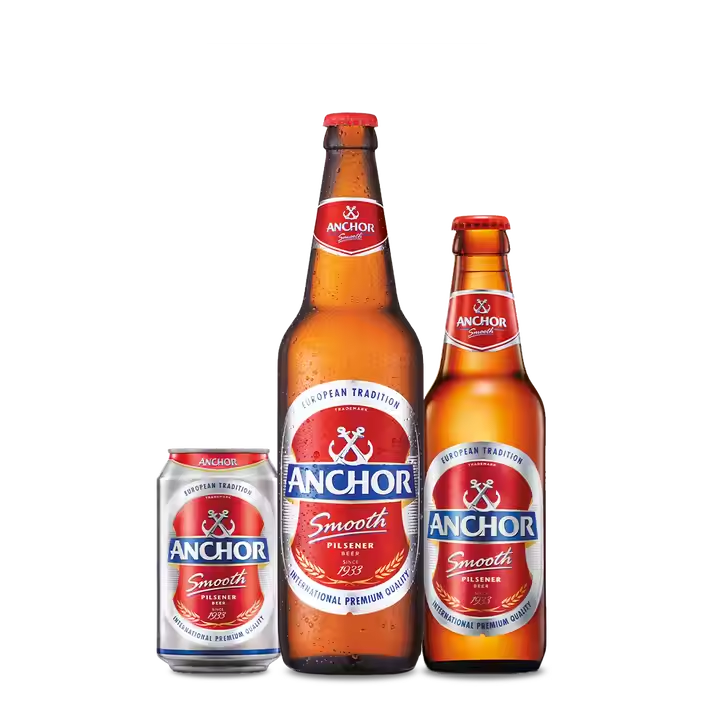
Around the same time, Archipelago Brewery started producing Anchor beer, another highly popular brand. Commercial breweries in Singapore continued to grow, and in 1965, Guinness Anchor Berhad was formed as a joint venture between Guinness and MBL. With multinational players entering the South East Asian market at different times, it has added to the production of beer, premiumisation and consequently increased consumption.
Vietnam, leading beer-drinking country in SE Asia
The beer story is better in Vietnam. A 2022 survey reported the average annual beer consumption of Vietnamese at 41.6 litres, or about 125 standard-sized cans per person, thus becoming the leading beer-drinking country in South East Asia. Vietnam accounts for about 2.2% of the global beer market. As per another report, Vietnam consumes 4.4 billion litres annually, ranking it ninth in the world. The report mentioned that Vietnam breweries raked in a profit of US$ 5.05 billion in 2023, growing annually by 8.76% over the next five years.
Beer cheaper than milk?
In Vietnam drinking beer is an integral part of the social life of the Vietnamese. Saigon Special and Bia Hanoi, 333 and Larue are some of the beers that are highly popular. In Vietnam, it is said that beer is cheaper than milk as the latter has high import tariffs and value added tax. Locally brewed options such as Saigon beer; Bia Hoi or 333 can cost between 50US cents to $.150.
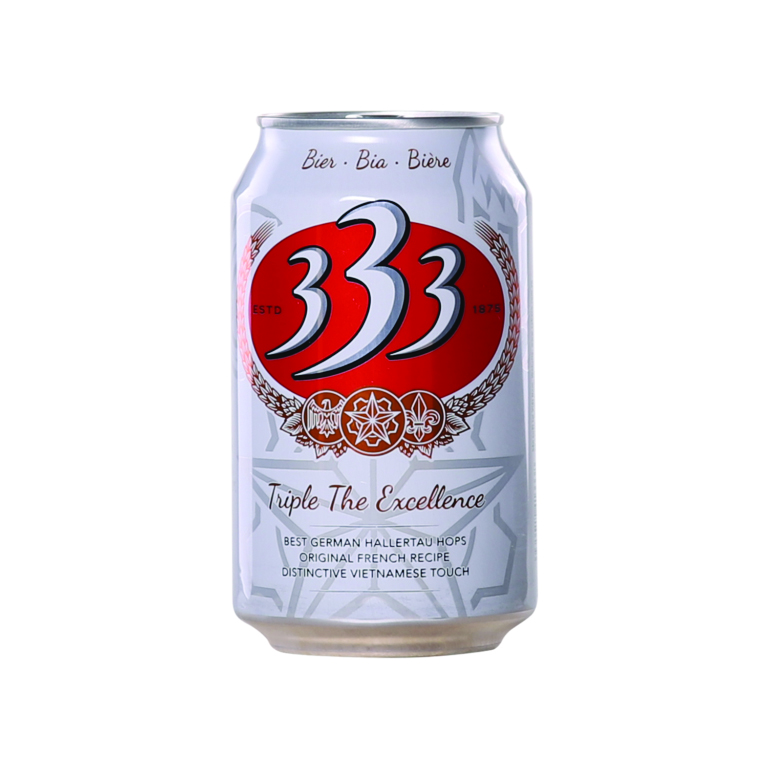
In Vietnam, urban youth prefer premium and craft beers, while rural folk are sticking to local brews, due to pricing and accessibility.
Vietnam beer growing at CAGR 7.27%
According to a report by Astute Analytica, the Vietnam beer market was valued at US$ 7.89 billion in 2024 and is expected to reach US $14.85 billion by 2033, growing at a CAGR of 7.27% during the forecast period 2025–2033.
The report said that Vietnam’s beer industry stands as a testament to the country’s robust economic growth and evolving consumer preferences. As the ninth-largest beer consumer globally, Vietnam has carved out a significant position in the international beer market, accounting for 2.20% of the total global market share. This prominence is underpinned by a deep-rooted beer culture, where the beverage plays a central role in social gatherings, meals, and celebrations. The industry’s resilience is evident in its annual consumption of over 3.8 million kilolitres, positioning Vietnam as the third-largest beer consumer in Asia, trailing only behind China and Japan.
Heineken, Sabeco, Habeco and Carlsberg big players
Ruling the roost are Heineken, Sabeco, Habeco and Carlsberg with their country-wide network of production and distribution.
Heineken Vietnam, with six breweries, stands as the market leader, holding a 37% market share as of 2024, the report said. Heineken’s Vung Tau facility is said to be the largest brewery in Southeast Asia, with an annual production capacity of 1.1 billion litres.
Sabeco, with a network of 26 factories, is the second-largest player holding a 34% market share in 2024. It has a combined annual production capacity exceeding 2.2 billion litres.
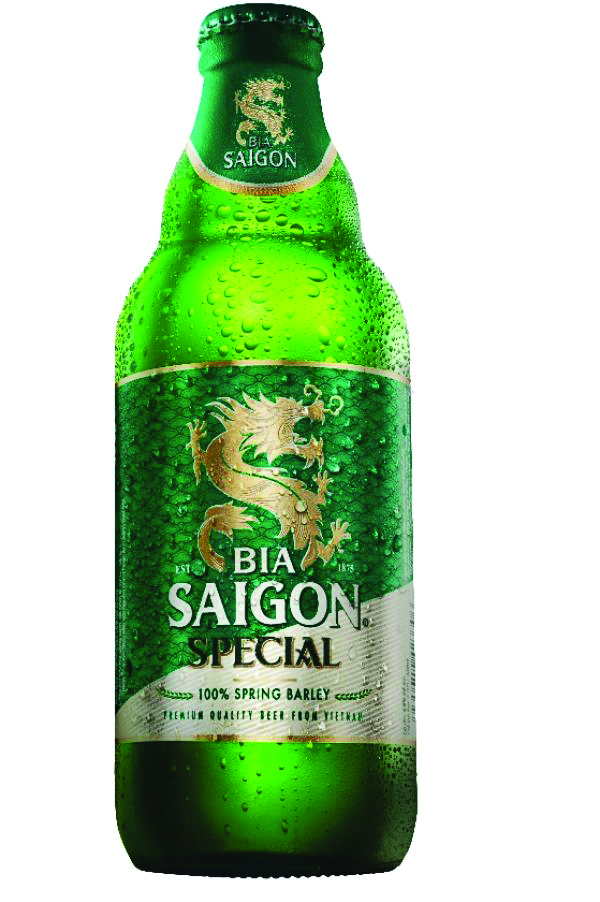
Sabeco’s beers include Saigon Special, a pilsner; Saigon Green, a golden lager with a malty flavour and the slightly stronger Saigon Red, with a hoppy aftertaste. Sabeco also makes Bia 333, a rice beer from a German recipe. Once known as Bia 33, the communist government added a number to give it a post-colonial identity — but many locals still call it Ba Muoi Ba, or “thirty-three three”.
The biggest competitor to Sabeco is Habeco or Hanoi Beer Alcohol and Beverage Joint Stock Corporation (HABECO), formerly known as Hommel Beer Factory, started by a French colonist in 1890.
Habeco’s Bia Hà Nôi, is a crisp American-style lager with an alcohol content of 3% and is the most popular beer in north Vietnam. Another brand Trúc Bach, made from imported Czech hops and French barley, has 5.1% alcohol content. And then there’s Bia Hoi, a steam beer that costs as little as 20 US cents a glass.
Habeco with annual production capacity of over 800 million litres, focusses primarily in the northern region of Vietnam, holding an overall 11% market share. With an annual production capacity of over 800 million litres, Habeco plays a crucial role in serving the beer preferences of northern consumers.
Tiger Beer Roars
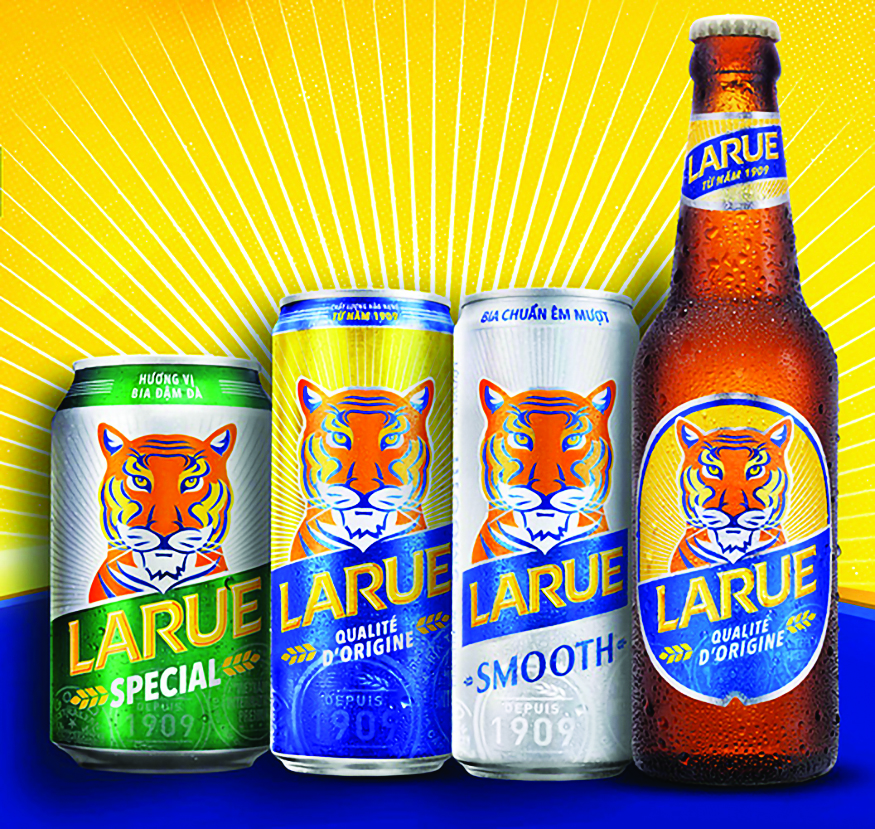
In Vietnam, Heineken’s most popular product is Tiger Beer, an easy-drinking pale lager with 5% alcohol, still made in Singapore and exported. Bière Larue, another rice beer popular in the Vietnam War era, is made by a Heineken subsidiary in Da Nang.
Carlsberg Vietnam rounds out the top four, holding a market share of 8%. The company’s strategy focusses on central Vietnam, where it maintains significant market control. This regional approach allows Carlsberg to tailor its products and distribution to the specific preferences of central Vietnamese consumers.
As per Dashmote’s data, Heineken has a food delivery beer presence exceeding 30% in 3 out of 7 south east Asian countries. Heineken holds a strong position on Vietnamese food delivery platforms, where 64.1% of digital storefronts which sell beers also feature Heineken products. The Philippines ranks second, with a 35.5% beer penetration rate, meaning that 1 in 3 beer-selling restaurants on food delivery platforms offers Heineken. Singapore follows closely with a penetration rate of 31.1%. It’s worth mentioning that Heineken’s presence in Indonesia (11.2%) and Thailand (8.1%) remains relatively low due to distinct drinking customs and alcohol consumption regulations in these regions.
Denmark’s Carlsberg Group makes eight brands for 8% of national sales. Among them is Huda, a lager manufactured in the former imperial capital of Huế and widely available throughout Vietnam’s Central Coast.
Filipinos annually consume 2.1 billion litres of beer
In Philippines, beer consumption accounts for 27.3%, a country dominated by spirits (72%). It is reported that annually the beer consumption is around 2.1 billion litres, with San Miguel been the beer of choice of Filipinos.
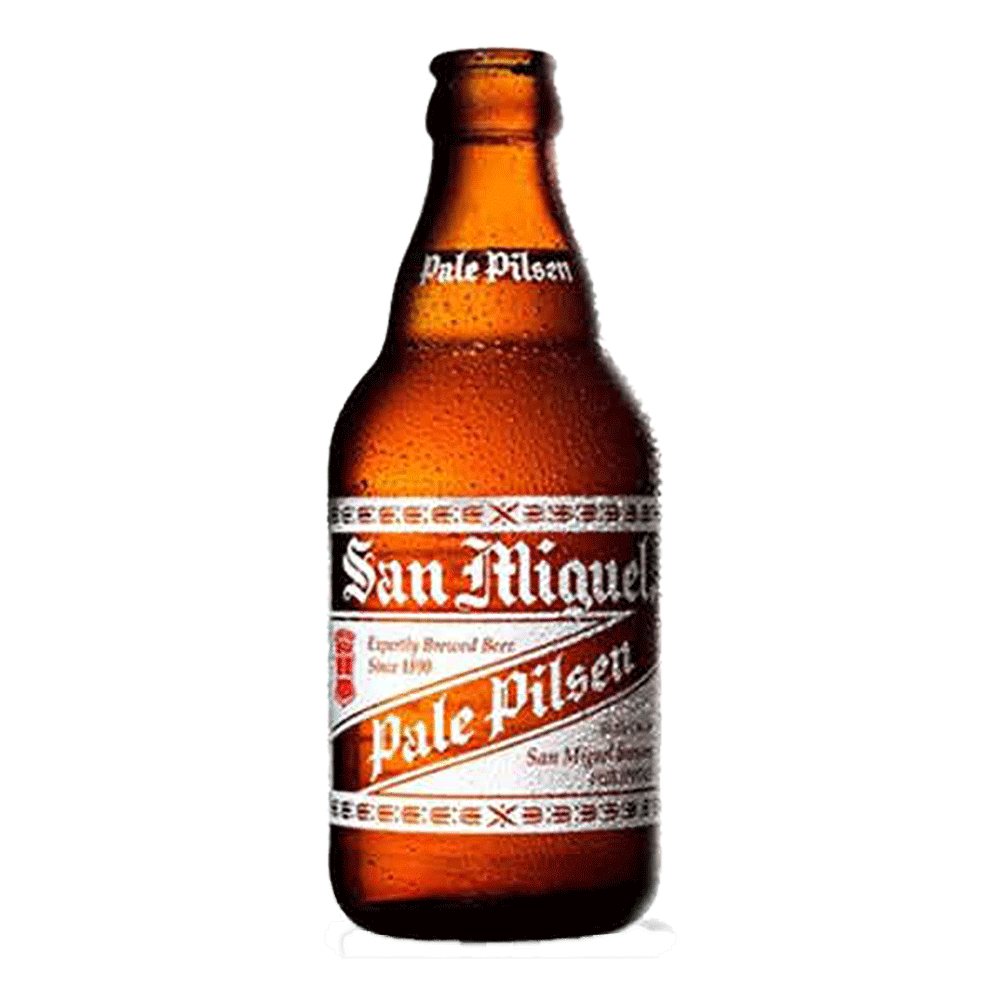
San Miguel Pale Pilsen, a pale lager with an alcohol content of 5% and having a distinct hoppy taste is quite the favourite of the locals. San Miguel has a range of beer variants and some of them are Miguel Premium All-Malt Beer, a premium lager beer (5% ABV); San Miguel Super Dry, a dry lager beer (5% ABV); San Miguel Flavoured Beer, a beer with lemon or apple flavour (3% ABV); Cerveza Negra (San Miguel Dark Beer), a dark lager beer (5% ABV); Red Horse Beer, a strong lager beer (6.9% ABV); San Mig Light, a light lager beer (4% ABV); San Mig Free 0.0, a non-alcoholic beer; San Mig Zero, a zero sugar beer; San Mig Hard Seltzer, a hard seltzer with natural fruit flavours; San Miguel Especial; Alhambra Reserva 1925, a premium lager beer; Mahou Cinco Estrellas, a lager beer; Mahou Barrica, a lager beer aged in oak barrels; and San Miguel 0,0, a non-alcoholic beer with a refreshing taste.
Beer consumption in Cambodia to grow @ 9.68 %
Beer consumption in Cambodia is projected to grow by 9.68% from 2023 to 2025, reaching USD$2.20 billion by that date. There are three major breweries in Cambodia, the largest of which is Cambrew Limited (Angkor Brewery).It is owned by Carlsberg and produces and distributesAngkor, Klang, Bayon, Carlsberg, Asahi and Guinness etc. Then there is Cambodia Brewery Ltd (also known as CBL, owned 50% by Heineken) and produce ABC, Anchor, Heineken beer Tiger, Black Panther etc. The third largest beer company is Khmer Beverages (formerly Khmer Brewery – owned by Chip Mong Group) and they produce the Cambodia beer brand and Barley Black.
Angkor Beer also known as Angkor Lager, produced by Cambrew Brewery, is also popular beer brand in Cambodia. It is considered thenational beer of Cambodia. It is a light American-style lager that is easy to drink.
Singha, Chang Thai Beers
In Thailand, Boon Rawd Brewery is the market leader in Thai Asian beer. They produce both Singha and Leo Beers. The best local beers are indeed Singha, Chang and Leo and the foreign brands are Tiger, Heineken and San Miguel.
Thai Beverage is a big company that produces Chang beer among others. It’s a light pale malt. Thai beers typically cost between 70 to 100 baht (USD$2 to USD$2.50) per bottle of 660ml. In all, the unique quality of beer as a social catalyst that connects people of different backgrounds together has made it an intrinsic part of the culture of South East Asia, barring a few nations which have stricter laws due to their religious denomination. Beer it is, otherwise.


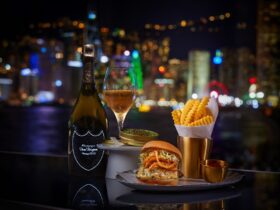
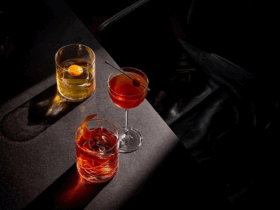
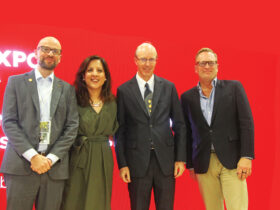
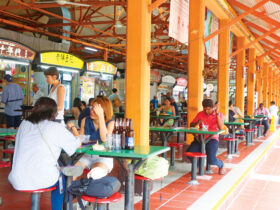
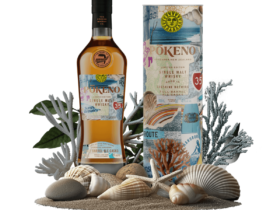
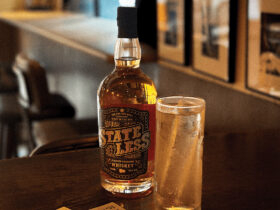

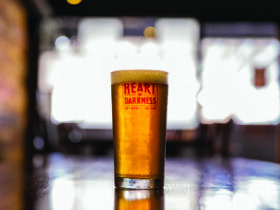
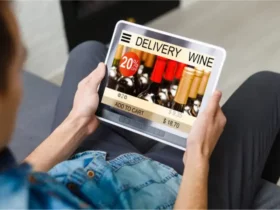
Leave a Reply